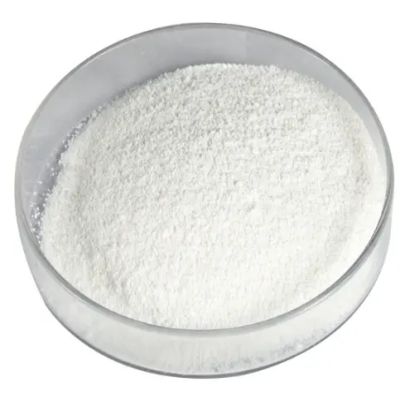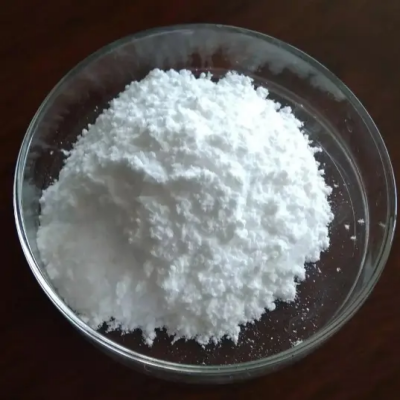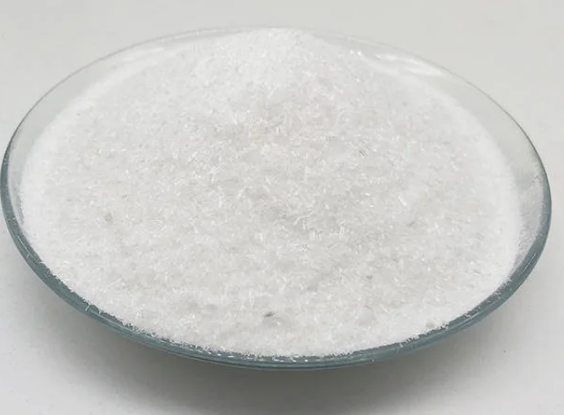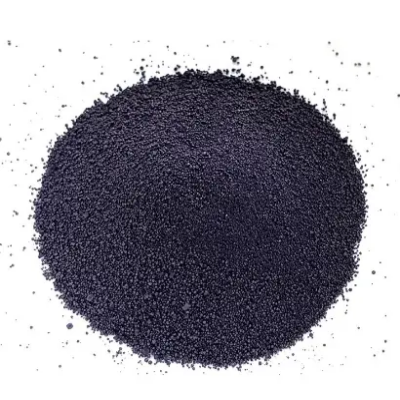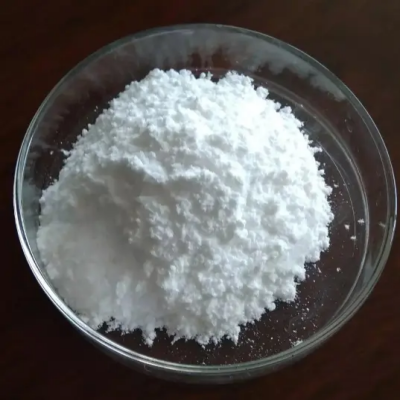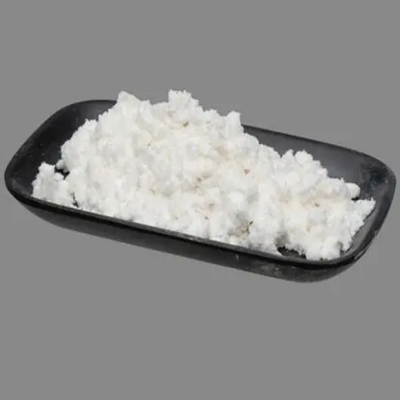1-(3-Chloropropoxy)-4-fluorobenzene CAS:1716-42-3
1-(3-Chloropropoxy)-4-fluorobenzene is a substituted aromatic compound featuring a fluorine atom at the para position and a 3-chloropropoxy group at the ortho position relative to the fluorine. The molecular structure imparts specific physical and chemical properties that make it interesting for various scientific applications. The presence of both the fluorine and chlorine atoms contributes to the compound's polarity, solubility, and reactivity in chemical reactions. The synthesis of 1-(3-chloropropoxy)-4-fluorobenzene can be achieved through nucleophilic substitution reactions, where a 3-chloropropanol derivative reacts with a para-fluorobenzene equivalent under appropriate conditions. The chloropropoxy group not only influences the compound’s solubility but also serves as a potential site for further functionalization, allowing chemists to create more complex derivatives. In medicinal chemistry, 1-(3-chloropropoxy)-4-fluorobenzene can act as a precursor or intermediate in synthesizing biologically active compounds, such as pharmaceuticals targeting specific receptors or enzymes. The halogen substituents can enhance binding affinity and selectivity towards particular biological targets, which is essential in drug design. Moreover, this compound has potential applications in the development of agrochemicals, where its reactive functional groups can be utilized to create herbicides or pesticides with improved efficacy and selectivity. The unique combination of electronegative substituents may lead to increased activity against targeted pests while minimizing harm to non-target organisms. Overall, 1-(3-chloropropoxy)-4-fluorobenzene is valuable in research and industrial applications due to its reactivity and ability to serve as a versatile building block for synthesizing a broad range of organic compounds. Understanding its chemical behavior opens pathways for innovative developments in medicinal chemistry and materials science, showcasing its importance in contemporary organic synthesis.



1-(3-Chloropropoxy)-4-fluorobenzene is a substituted aromatic compound featuring a fluorine atom at the para position and a 3-chloropropoxy group at the ortho position relative to the fluorine. The molecular structure imparts specific physical and chemical properties that make it interesting for various scientific applications. The presence of both the fluorine and chlorine atoms contributes to the compound's polarity, solubility, and reactivity in chemical reactions. The synthesis of 1-(3-chloropropoxy)-4-fluorobenzene can be achieved through nucleophilic substitution reactions, where a 3-chloropropanol derivative reacts with a para-fluorobenzene equivalent under appropriate conditions. The chloropropoxy group not only influences the compound’s solubility but also serves as a potential site for further functionalization, allowing chemists to create more complex derivatives. In medicinal chemistry, 1-(3-chloropropoxy)-4-fluorobenzene can act as a precursor or intermediate in synthesizing biologically active compounds, such as pharmaceuticals targeting specific receptors or enzymes. The halogen substituents can enhance binding affinity and selectivity towards particular biological targets, which is essential in drug design. Moreover, this compound has potential applications in the development of agrochemicals, where its reactive functional groups can be utilized to create herbicides or pesticides with improved efficacy and selectivity. The unique combination of electronegative substituents may lead to increased activity against targeted pests while minimizing harm to non-target organisms. Overall, 1-(3-chloropropoxy)-4-fluorobenzene is valuable in research and industrial applications due to its reactivity and ability to serve as a versatile building block for synthesizing a broad range of organic compounds. Understanding its chemical behavior opens pathways for innovative developments in medicinal chemistry and materials science, showcasing its importance in contemporary organic synthesis.




